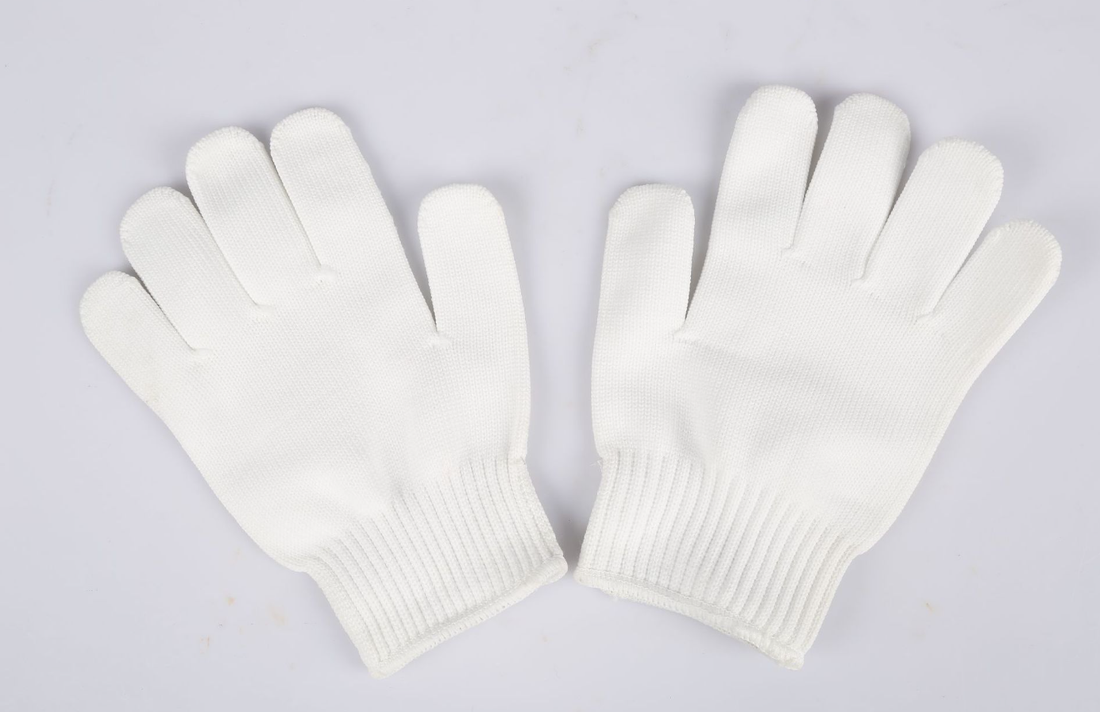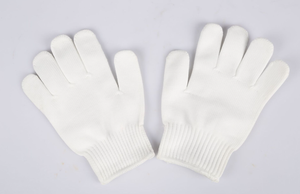
Detailed Explanation of Glove Inspection Methods and Standards - Inspection Services for Warehousing and Factory Audits
Gloves are used as protective, thermal and decorative items for the hands. Their quality and safety directly affect the health and safety of the users. During the inspection, factory verification and product certification processes of gloves, corresponding detection standards and methods must be implemented based on different types and purposes. This article will systematically introduce the inspection process, key detection items and acceptance specifications of gloves, providing you with a comprehensive guide for quality control of gloves.
I. Overview of Glove Inspection and Certification System
There are various types of gloves, each with functions covering areas such as cut protection, electrical insulation, chemical protection, and cold protection. During the inspection process, corresponding testing standards and certification requirements should be adopted based on the product type:
Civilian and protective gloves standards:
FZ/T 73047-2013 "Knitted Hand Gloves for Ordinary People"
GB/T 18843-2002 "Coated Leather Gloves"
GB/T 22845-2009 "Anti-static Gloves"
QB/T 1584-2005 "Daily Use Leather Gloves"
International certification requirements:
The EU PPE directive classifies protective gloves into three categories: Class I (simple design), Class II (intermediate level), and Class III (complex design). Protective gloves such as anti-electricity gloves and fire gloves fall under Class III protective products and require strict CE certification.
Testing qualifications and methods:
For formal inspection, it should be carried out by laboratories with CMA and CNAS qualifications, using advanced equipment such as infrared spectroscopy, gas chromatography-mass spectrometry, and X-ray fluorescence spectroscopy to conduct component analysis and performance testing.
II. Inspection Points for Leather Gloves
1. Classification and Grading
Types: Labor protection leather gloves, driving leather gloves, etc.
Quality classification: Levels A, B, and C
2. Key Points for Inspection and Verification
Humidity control
Consistency of softness of the texture
Color stability and color difference control
Mold prevention performance assessment
Packaging specification confirmation (such as 12 pairs per dozen, 10 dozen per box)
Seam stitching inspection
3. Inspection of Common Quality Issues
Material defects: The leather on the surface is too thin, the board is hard, the shell is loose, and the thickness of the gloves in the same pair varies.
Appearance issue: Severe color difference, asymmetry on the left and right sides
Sewing issues: uneven stitches, skipping stitches, missing stitches, bent edges
Structural defect: Fingertips are not round and symmetrical, the thumb is asymmetrical, and there are loose parts or loose threads.
Accessory issue: The straps and fastening devices are not symmetrical and not secure.
III. Inspection and Certification Specifications for Nitrile Gloves
1. Sampling Scheme
According to the SN/T 0678-1997 standard, the general inspection level I is adopted.
A complete batch (such as a 20-foot container) is sampled with 32 boxes.
The quantity of samples for each inspection item is determined based on the inspection level.
During the factory inspection process, complete sampling records should be kept to ensure the representativeness of the samples.
2. Dimension and Specification Inspection
According to the ASTM D6319-99 standard or the specific requirements of the customer
Inspection level: S-2, AQL: 4.0
Place particular emphasis on the consistency of width specifications and ensure compliance with the contractual terms.
IV. Acceptance Standards for Labor Protection Gloves
1. Inspection of Electric Welding Gloves
Material requirements: The leather should be soft, have uniform thickness, and be of strong texture.
Process requirements: The stitching should be tight, the stitch spacing should be uniform, and the thread pattern should be smooth.
Structural verification: The junction between the palm and the back of the hand should have an enhanced skin layer, which should be consistent with the standard sample.
2. Inspection of cotton yarn gloves
Material certification: The cotton content meets the agreed requirements.
Process inspection: No broken wires or strands, and the stitching is secure.
Specification measurement: Length 24 - 26 cm
Appearance comparison: The color and other items are consistent with the standard sample.
3. Inspection of short/long leather gloves
Uniform requirements: Leather softness, color uniformity, durability
Sewing quality: Even needle spacing, moderate tightness of stitches, no marks or defects.
V. Inspection Confirmation and Certification Process
Sample Confirmation: Before conducting the inspection, it is necessary to confirm the standard samples and related technical documents.
On-site inspection: Conducted an inspection of appearance, dimensions, and craftsmanship in accordance with the AQL sampling standards.
Performance testing: Send to a qualified laboratory for specialized performance testing.
Overall assessment: Only when all indicators meet the standard requirements can the inspection certification be passed.
Record archiving: Retain complete inspection records, test reports and certification documents
By establishing a systematic glove inspection process, in combination with domestic and international standards requirements as well as specific customer specifications, it is possible to effectively ensure the quality, safety and performance reliability of the glove products, providing a strong guarantee for the successful completion of factory inspection audits and market supervision certifications.
Share this product

Detailed Explanation of Glove Inspection Methods and Standards - Inspe
Gloves, as protective, warming and decorative items for the hands, their quality and safety directly affect the health and safety of the users.
